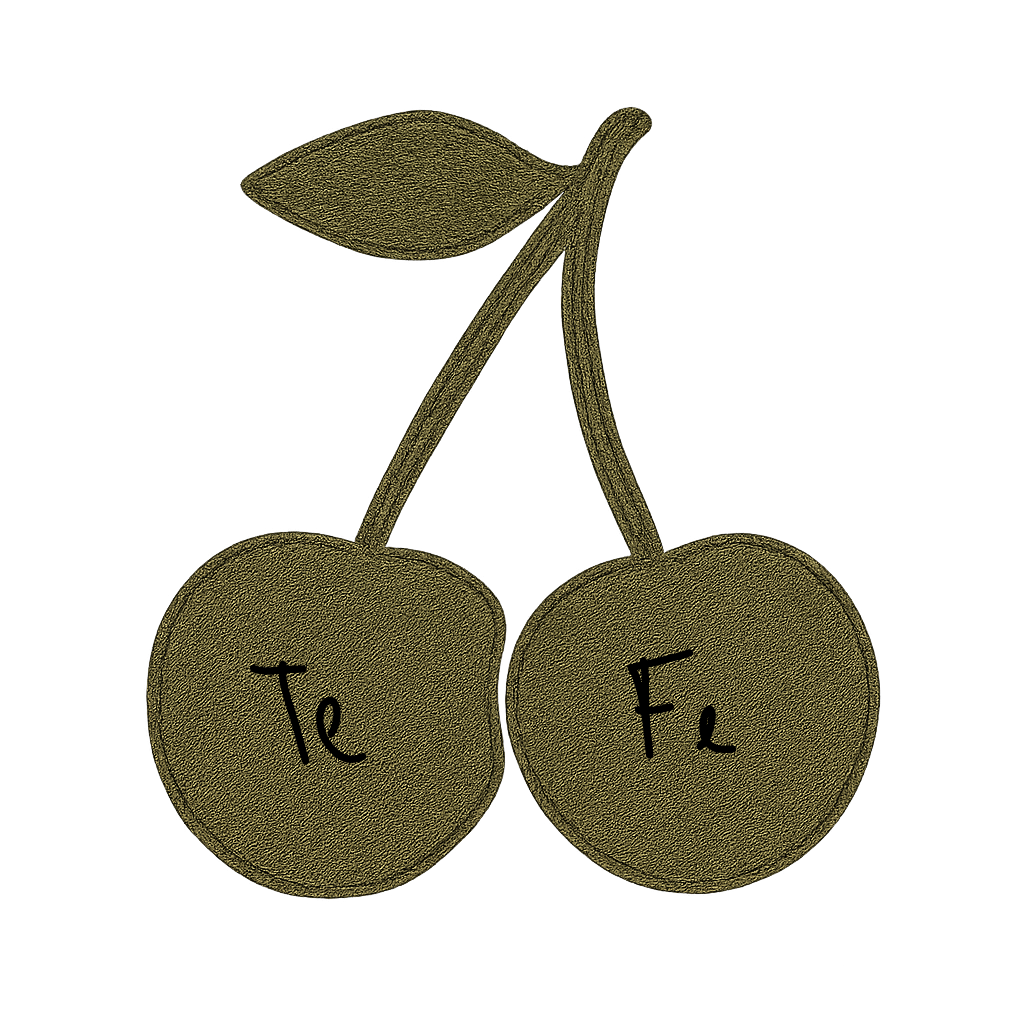Te (Extraverted Thinking) and Fe (Extraverted Feeling) both look like “organizers” from the outside. Each one directs, coordinates, and builds order in the external world. The difference lies in what they optimize: Te focuses on measurable efficiency, while Fe focuses on social harmony. Let’s explore why these two functions often get mistaken for each other — and what sets them apart.
Why Te and Fe Get Confused
- Both are external “organizers.”
- Te organize based on facts, measurements, and systems.
- Fe organizes based on social norms, emotional climates, and relationships.
→ Both can sound like “leaders” who enforce structure.
- Both communicate in action-oriented ways.
- Te: “Here’s the plan, let’s execute.”
- Fe: “Here’s how we’ll work together, so everyone’s comfortable.”
→ To others, both can feel like they’re telling people what to do.
- Both dislike chaos.
- Te dislikes inefficiency, wasted effort, and lack of measurable progress.
- Fe dislikes discord, lack of respect, and people working against each other.
How They Differ
| Te (Extraverted Thinking) | Fe (Extraverted Feeling) |
|---|---|
| Organizes the outer world by social harmony, empathy, and shared values. | Organizes the outer world by social harmony, empathy, shared values. |
| Asks: “Does this system work? Is it effective?” | Asks: “Does this interaction feel right? Is everyone aligned?” |
| Organizes the outer world by efficiency, effectiveness, and measurable results. | Works with data, timelines, strategies, and bottom lines. |
| Core drive: objective productivity, external order. | Core drive: relational harmony, collective belonging. |
| Language: “What’s the ROI?” “That’s not practical.” “Here’s the process.” | Language: “How are they feeling?” “That’ll upset people.” “We should support them.” |
| Blind spot: may bulldoze feelings, reduce people to “resources.” | Works with emotions, etiquette, expectations, and group morale. |
Example
- Te: “We need to restructure the team — deadlines are slipping. Let’s assign clear roles and measure output.”
- Fe: “We need to restructure the team — people feel unheard. Let’s sit down together and agree on what works for everyone.”
Same leadership impulse, but one anchors in results, the other in relationships.
Core Difference
- Te = “What works best for the external world?”
- Fe = “What fits best for the external community?”
***
